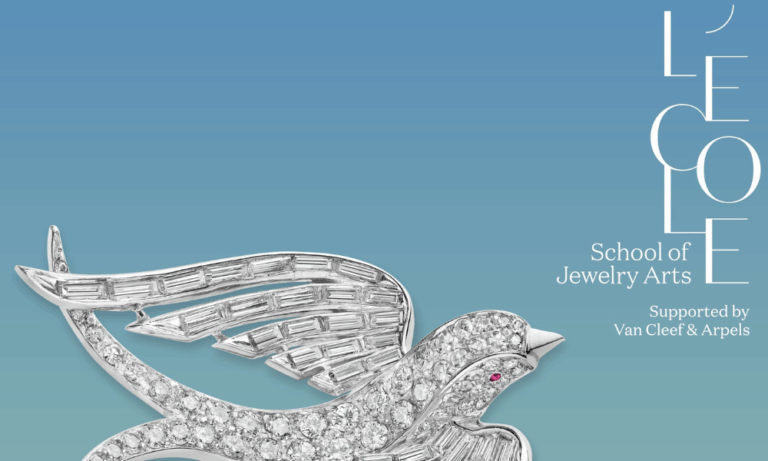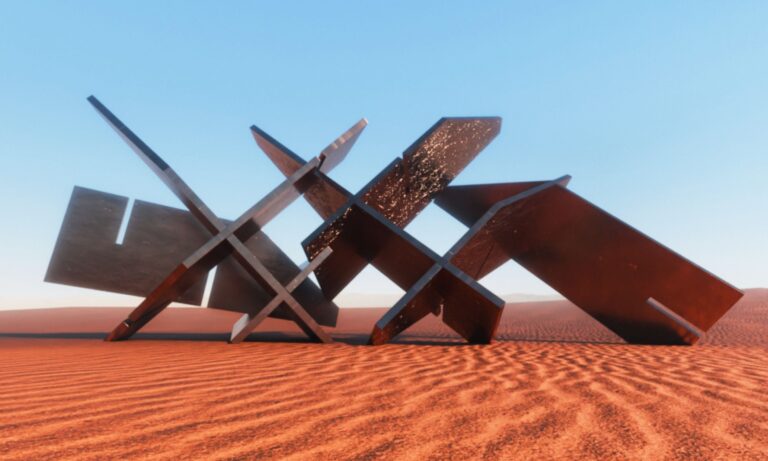At Buro247 Middle East, we are committed to showcasing and celebrating the extraordinary talent in the Arab world. With our column, #BuroSpotlights, we bring you stories of pioneering artists, innovative designers, tech trailblazers, cinematic visionaries, sports stars, and more.
This week, #BuroSpotlights Palestinian artist Raya Kassisieh.
Raya Kassisieh’s work exists where material meets meaning. Every sculpture she creates feels like a dialogue between the body and history, between what we carry and what we choose to let go of. Kassisieh’s practice is rooted in examining the body as both a site of identity and a tool for transformation. Her art is intimate and intellectual at once, offering a study of how form can express what words often cannot.
Raised in Amman and trained at Pratt Institute in New York, Kassisieh began her artistic journey through textiles and pattern making. That early relationship with fabric is still visible in her approach to sculpture today. She treats metal, fiber, and copper with the same tactile curiosity once reserved for thread, translating softness into structure.
Kassisieh’s pieces explore what she calls “the politics of the body.” Through her sculptural reinterpretations of natural and heritage-inspired forms, she investigates how our bodies reflect inherited memories and silent resistances. The recurring tension between fragility and permanence in her materials mirrors the human condition she studies so closely. Steel becomes supple. Copper bends like cloth. Fiber holds the weight of history.
Each work is a negotiation of being. Her art challenges fixed notions of identity by suggesting that selfhood, much like the materials she shapes, can be remade. There is a deliberate duality in her practice—introspection balanced with assertion, intimacy with monumentality. In her hands, sculpture becomes an act of reimagining the self, one layer at a time.
What makes Raya Kassisieh’s work compelling is its quiet defiance. She uses the language of material to reclaim agency over form, turning the body into both subject and storyteller. Each sculpture becomes a question, a whisper, a declaration, reminding us that identity, like art, is never fixed. It is always in motion.
ALSO READ: WHAT ARE DREAMS, ASKS BOTTEGA VENETA. JACOB ELORDI HAS THE ANSWER.




